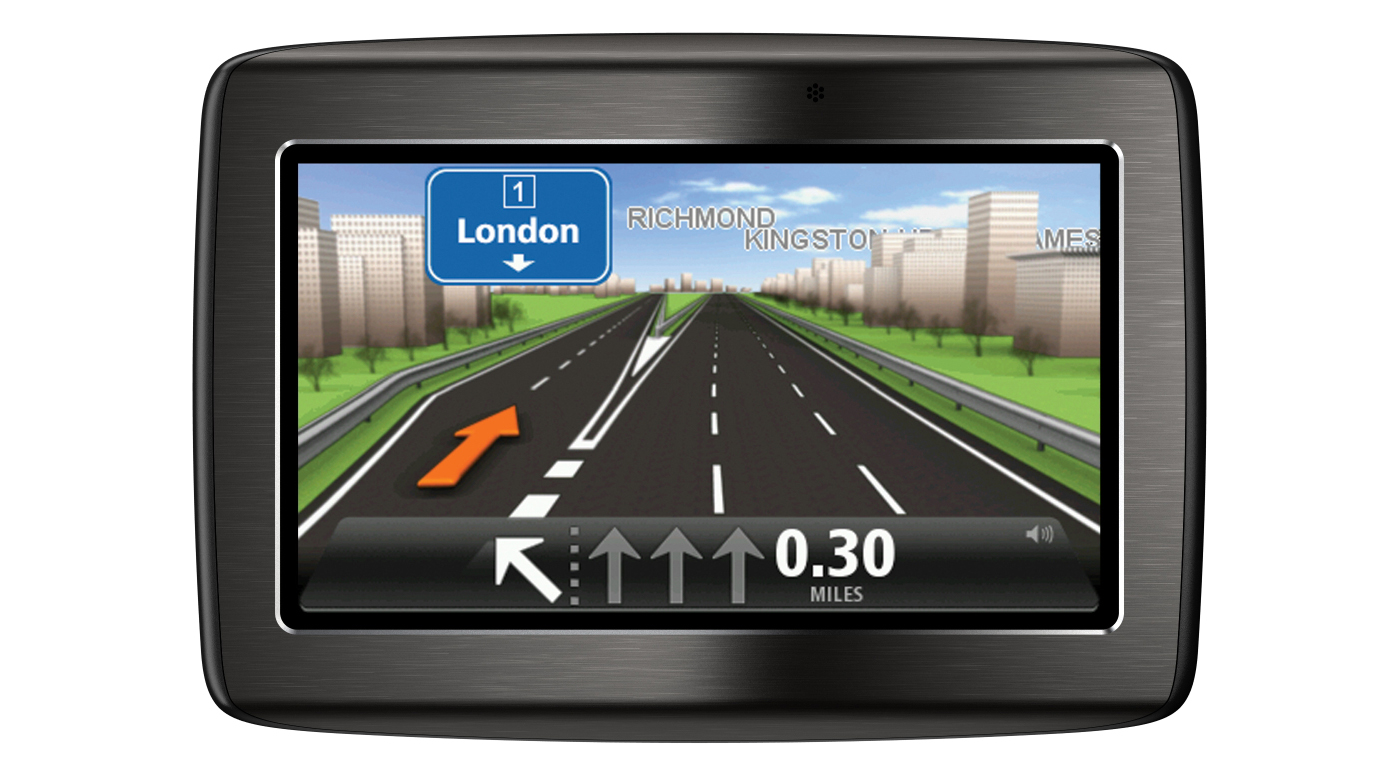Why you can trust TechRadar
Features
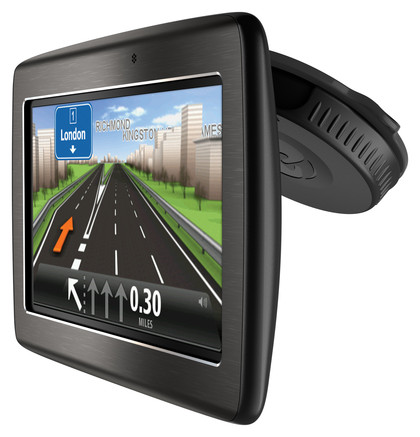
Much has been said about the basic nature of the TomTom interface. But it's usable enough. The main screen is split into six main options, including 'Navigate to…' and LIVE Services. The former is the bread-and-butter sat-nav option, enabling you to enter your destination as a city or postcode and narrow it down to a specific address.
Usefully, you can also find an address by simply Googling it. A Google Local Search option is part of TomTom's excellent LIVE Services package. Considering that the built-in database of POIs (Places of Interest) rarely has what you're looking for, being able to Google a restaurant or business via GPRS is often more accurate, and can save you a lot of time.
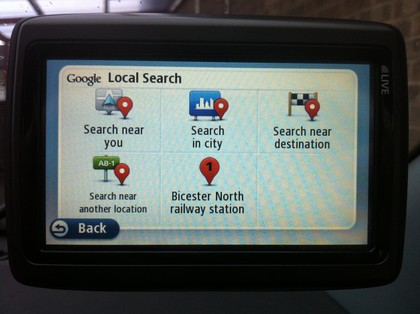
Google Local Search is part of a net-connected suite of services that also includes weather updates (take 'em or leave 'em) and speed camera locations (vital). The LIVE Services also feature the ability to correct your maps and share any amends with other TomTom users. Similarly, you can install updates from the wider Map Share community by hooking the Via LIVE 120 up to a computer.
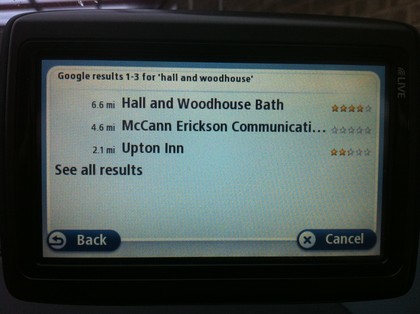
As handy as these frills are, the HD Traffic option remains the primary reason for buying a TomTom over a rival sat-nav. Garmin models, for example, get their traffic information via RDS TMC, a method which encodes data inside commercial FM radio signals. It's a solid system – tried and tested – but traffic updates can be slow to filter through.
The HD Traffic system is more high-tech. Like a mobile phone, the Via LIVE 120 has a built-in SIM card so its location can be tracked.
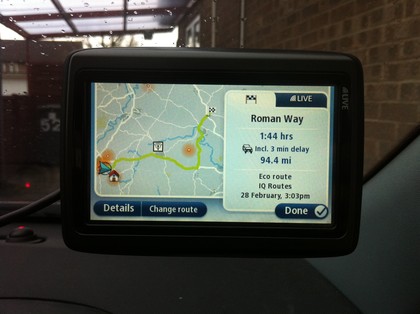
In fact, the HD Traffic system brings together data from up to "80 million anonymous mobile phone users on the road", as well as over one million connected TomTom devices. The result is an unparalleled model of UK and European traffic flow, capable of showing where problems are occurring and updating TomTom users every two minutes.
The advantage of HD Traffic is that the TomTom Via LIVE 120 can dynamically guide you around problems on your journey. Traffic alerts or delays are shown in a vertical bar on the right-hand side of the display and you can set the device to automatically re-calculate and re-route your journey if a faster route becomes available.
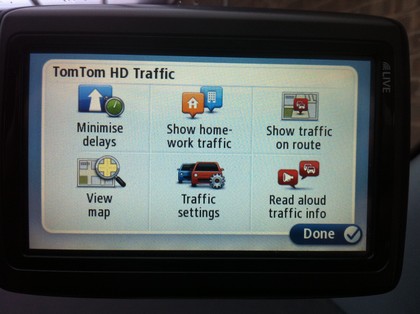
The disadvantage? While the first year of TomTom's LIVE Services are free when you buy the Via LIVE 120, an ongoing yearly subscription will cost you £47.50. But it's arguably worth it. Especially if you do more than family weekenders and the school run.
Used in conjunction with TomTom's IQ Routes system, the Via LIVE 120 gives you an almost God-like view of road conditions. This clever routing algorithm uses the real measured speed of cars on sections of road to plan the quickest route, based on the time of day you're travelling. So not only will the TomTom Via LIVE 120 warn you of accidents and congestion, it will also be aware of rush-hour traffic and will try to avoid roads that get regularly jammed in the post-work dash for home.
Current page: TomTom Via LIVE 120: Features
Prev Page TomTom Via LIVE 120: Overview Next Page TomTom Via LIVE 120: Verdict